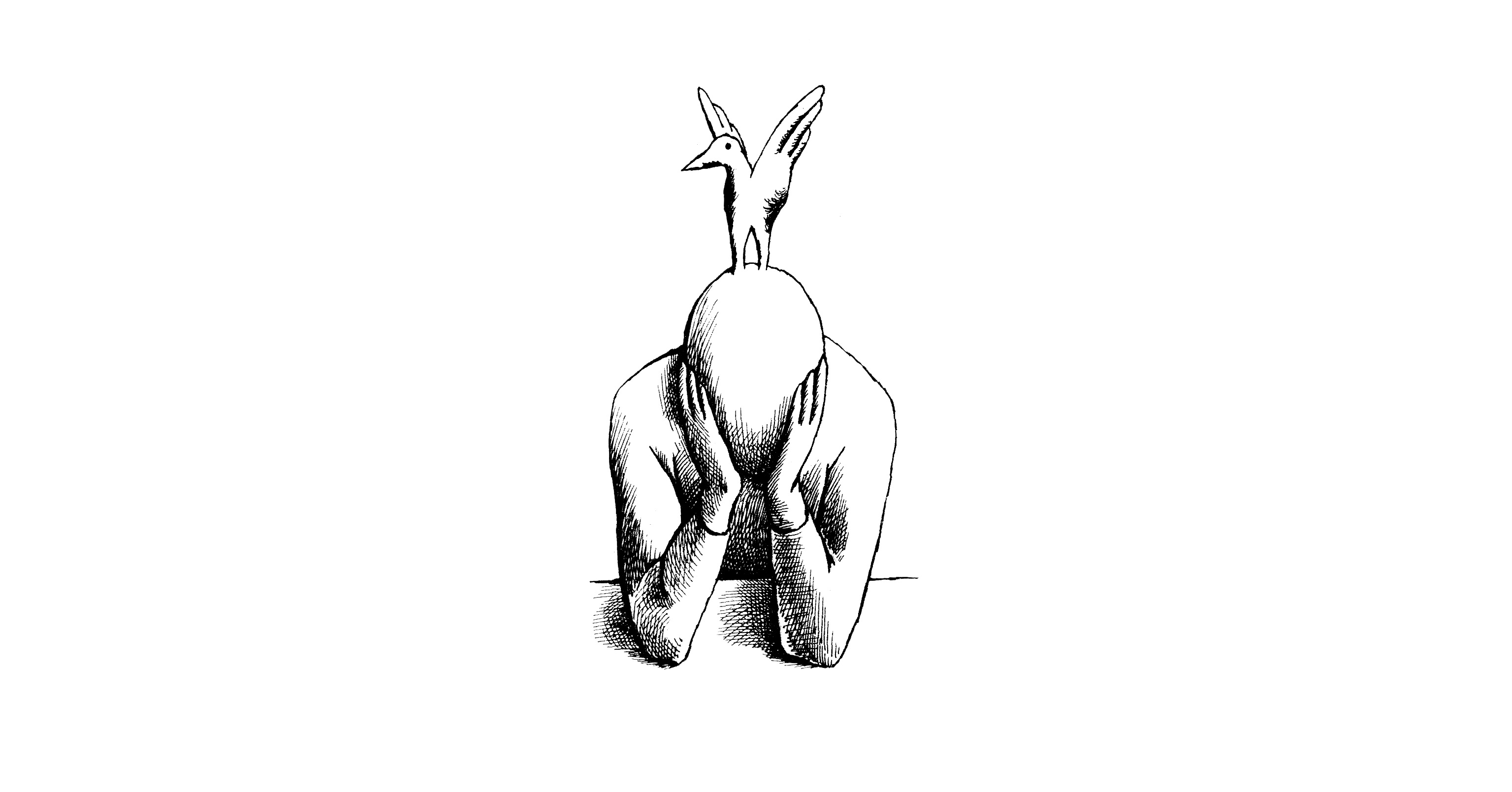
Stoicism isn’t for those who have never fallen down. It’s for those who want to get back up.
Stoicism is a philosophy full of “subtle and sophisticated contradictions,” as Henryk Elzenberg once put it. And very well, too: otherwise, no one would find it worthwhile 2000 years later. One such contradiction is the issue of perfection and perseverance.
How does it work, really? Does one become a Stoic once, for good, epiphany-style, in an act of final conversion, a black-and-white metamorphosis? Or perhaps the opposite is true, and the Stoic’s path is not an ultimately transformative strike of lighting on the way to Damascus, but rather a long and winding trail, full of twists and turns, jagged with treacherous holes and dead ends.
On the one hand, Stoics write a lot about the perfection of virtue. You either have it or you don’t. There is the Stoic perspective and the lack of it. On the other hand, though, what Stoics write about even more is the need for exercise, repetition and self-improvement, as well as the unreachability of the perfection one can approach asymptotically without ever quite reaching it. Well, how is it really, then? How should we interpret setbacks on the path to Stoicism? Are we disqualified by our failures?
Let me explain from the perspective of my own experience. A very tangible experience, too. There isn’t any good metric nor an app to precisely measure our progress in Stoicism. Still, I measure and write down plenty of things, so I have collected a decent amount of data anyway. Since the start of 2018, I have tried to do 110 push-ups a day. Do I succeed? Well, of course not – I get an average of 55.8 a day, half of my goal. Is it a failure then? The objective remains beyond my reach, but can we really call a track record of 80,000 push-ups over the course of the past four years a failure?
Those four years are not only the aforementioned average result, but also constant efforts in building a habit, finding a rhythm and meeting the consistent goal of 110 push-ups with no further hiccups. How many times did I start all over again? I have plenty of notes: my grandfather’s 99th birthday; my daughter’s fourth. Various important dates to reinforce my decision: from now on, today is the day, a fresh start, no giving up now, no setbacks, not ever. And of course, nothing has come of it, I keep failing and starting over again. Just during the pandemic, I counted more than a dozen attempts. Is it a little or a lot? Here is the truth about getting back up. It doesn’t matter how many times we try, the only thing that counts is trying again.
More than a dozen attempts, all of them failed. Sounds a bit lame, doesn’t it? Or maybe not, not at all. It would be naive to think we could start our #NewLife just like that, on the first try. It takes several attempts to successfully change one’s way. We might find the repetitive nature of our failures disheartening but… it could also turn out to be a source of strength. As the old joke goes: “It’s easy to quit smoking. I’ve done it hundreds of times.” It is more than just a joke, though. With repeated effort comes experience that makes eventual success possible.
Everything in life works that way. Stoicism is not for those who have never failed, because nature knows no perfection. Stoicism is for those who want to get back up. It works for me. Hopefully, it will work for you, too.
Translated from the Polish by Aga Zano








